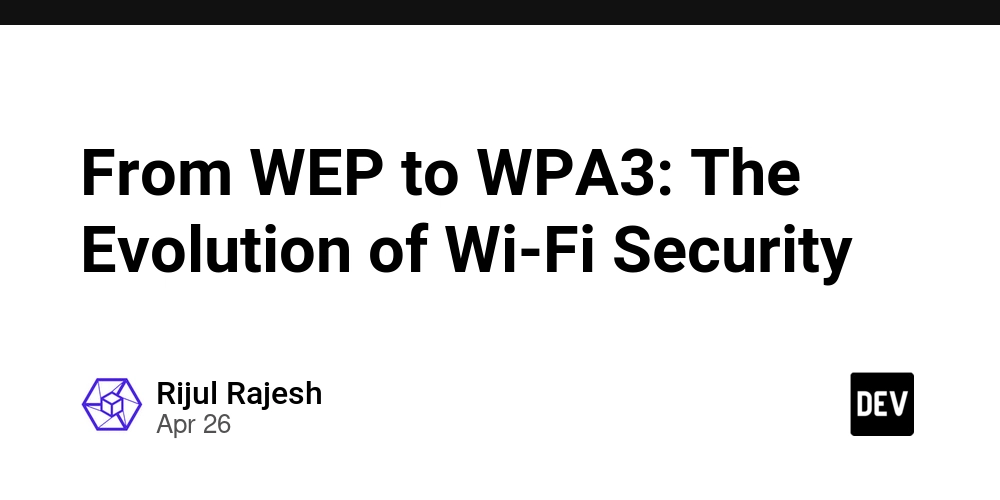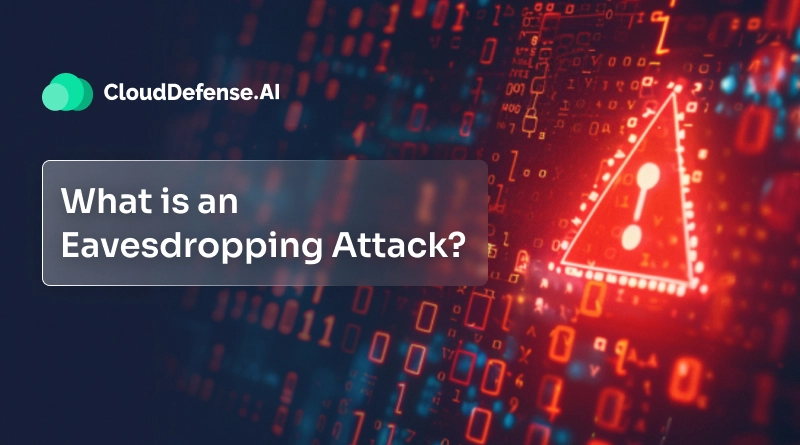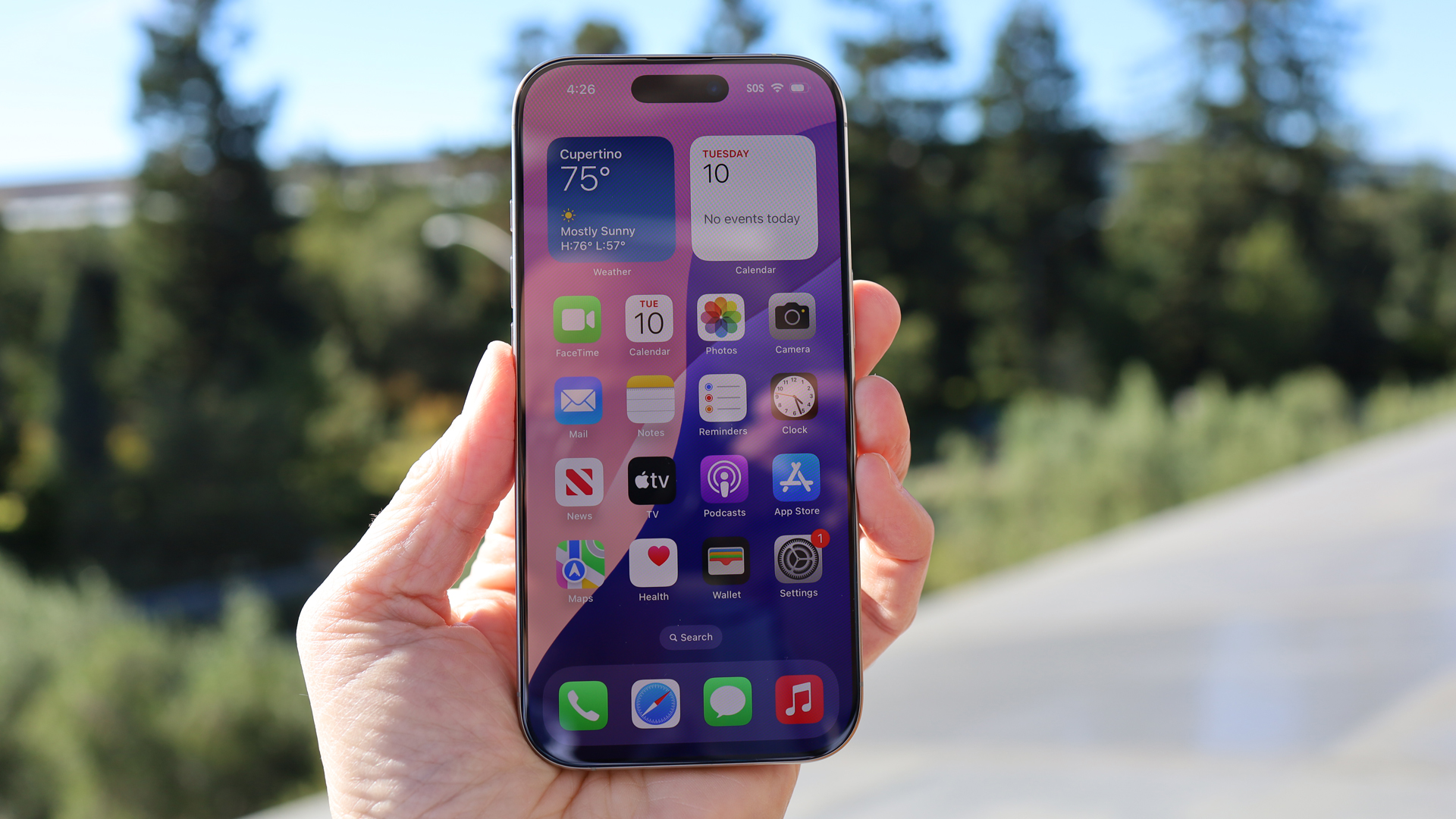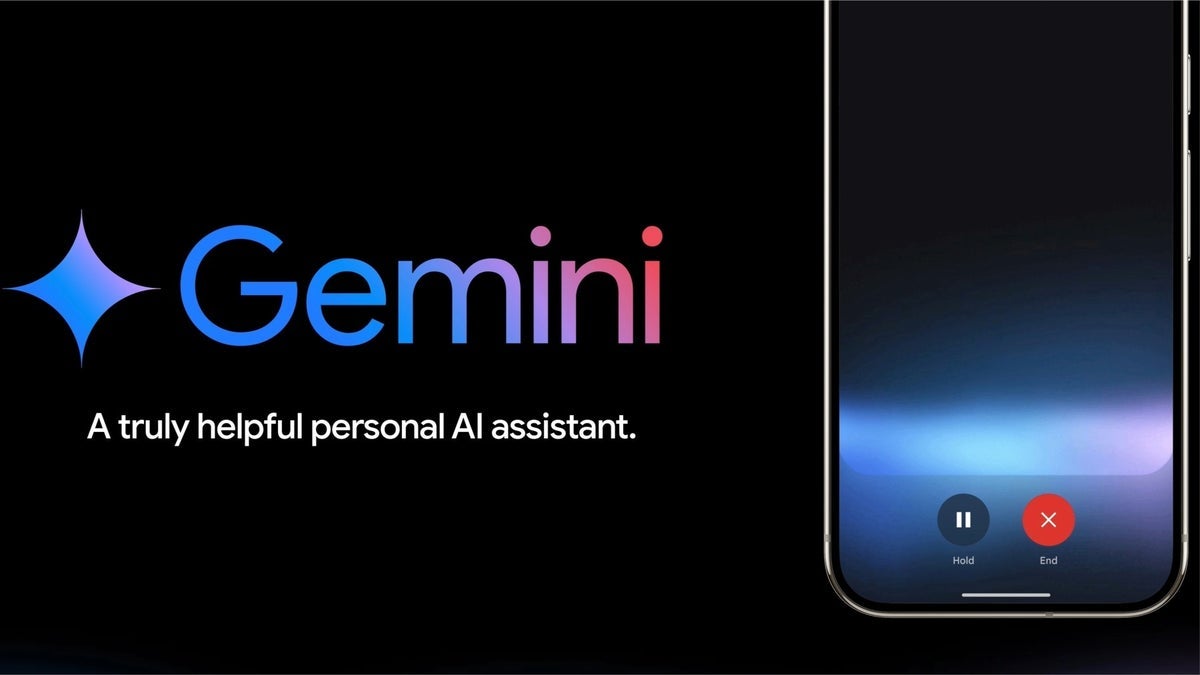From WEP to WPA3: The Evolution of Wi-Fi Security
If you’ve ever set up a Wi-Fi network, you’ve probably come across terms like WEP, WPA, WPA2, and WPA3. While they all sound pretty technical, these terms actually refer to the different standards that protect your Wi-Fi network. The higher the standard, the more secure your network is against hackers and other security threats. So, what’s the difference between them? Let’s take a look 1. WEP (Wired Equivalent Privacy): The Dinosaur of Wi-Fi Security WEP was one of the first encryption standards for wireless networks. It was introduced in the late 90s and was meant to provide security similar to a wired network (hence the name “Wired Equivalent Privacy”). Back then, it was groundbreaking. But here’s the catch: WEP is seriously outdated now. Over the years, hackers have found tons of ways to crack WEP encryption. With the speed of modern computers, breaking into a WEP-protected network is pretty easy. 2. WPA (Wi-Fi Protected Access): A Step in the Right Direction After the security flaws in WEP became obvious, WPA was introduced in 2003 as a better option. WPA uses stronger encryption and authentication methods, and for a while, it was considered a significant improvement. But while WPA was better than WEP, it still has weaknesses. Over time, security experts discovered that WPA was not as bulletproof as originally thought. Hackers can still crack WPA under certain conditions, which is why it's considered outdated today. 3. WPA2: The Old Reliable WPA2 was introduced in 2004 and is still the most common security standard for Wi-Fi networks today. It uses AES (Advanced Encryption Standard), which is far more secure than the encryption used in WPA. AES is also the same encryption standard used by the government to protect classified data, so it’s pretty strong stuff. WPA2 offers a good balance of security and performance. If you’re using WPA2, you’re generally in a good place. However, WPA2 is starting to show its age, especially with the rise of newer, more sophisticated hacking techniques. 4. WPA3: The Next Level of Wi-Fi Security WPA3 is the latest and greatest Wi-Fi security standard. It was rolled out in 2018 with some important upgrades over WPA2. Here’s what makes WPA3 stand out: Stronger Encryption: WPA3 uses more robust encryption, making it harder for hackers to intercept and decode your data. Better Protection Against Brute-Force Attacks: Brute-force attacks involve trying multiple passwords until the right one is found. WPA3 makes it much more difficult for hackers to pull off this kind of attack. Improved Security for Public Wi-Fi: WPA3 includes features that offer better protection when you're connecting to open Wi-Fi networks, like those at coffee shops or airports. In short, WPA3 is the most secure option available right now. If you have the option, you should go with WPA3 for the best protection. Wrapping up Wi-Fi security has come a long way, and each new standard has made your network a bit safer. WEP and WPA are no longer secure enough for today’s digital world, while WPA2 is still a solid choice for many people. But if you can, go for WPA3. It’s the most secure option out there right now and will give you peace of mind knowing that your network is as protected as possible. If you're a software developer who enjoys exploring different technologies and techniques like this one, check out LiveAPI. It’s a super-convenient tool that lets you generate interactive API docs instantly. So, if you’re working with a codebase that lacks documentation, just use LiveAPI to generate it and save time! You can instantly try it out here!

If you’ve ever set up a Wi-Fi network, you’ve probably come across terms like WEP, WPA, WPA2, and WPA3. While they all sound pretty technical, these terms actually refer to the different standards that protect your Wi-Fi network. The higher the standard, the more secure your network is against hackers and other security threats.
So, what’s the difference between them? Let’s take a look
1. WEP (Wired Equivalent Privacy): The Dinosaur of Wi-Fi Security
WEP was one of the first encryption standards for wireless networks. It was introduced in the late 90s and was meant to provide security similar to a wired network (hence the name “Wired Equivalent Privacy”). Back then, it was groundbreaking.
But here’s the catch: WEP is seriously outdated now. Over the years, hackers have found tons of ways to crack WEP encryption. With the speed of modern computers, breaking into a WEP-protected network is pretty easy.
2. WPA (Wi-Fi Protected Access): A Step in the Right Direction
After the security flaws in WEP became obvious, WPA was introduced in 2003 as a better option. WPA uses stronger encryption and authentication methods, and for a while, it was considered a significant improvement.
But while WPA was better than WEP, it still has weaknesses. Over time, security experts discovered that WPA was not as bulletproof as originally thought. Hackers can still crack WPA under certain conditions, which is why it's considered outdated today.
3. WPA2: The Old Reliable
WPA2 was introduced in 2004 and is still the most common security standard for Wi-Fi networks today. It uses AES (Advanced Encryption Standard), which is far more secure than the encryption used in WPA. AES is also the same encryption standard used by the government to protect classified data, so it’s pretty strong stuff.
WPA2 offers a good balance of security and performance. If you’re using WPA2, you’re generally in a good place. However, WPA2 is starting to show its age, especially with the rise of newer, more sophisticated hacking techniques.
4. WPA3: The Next Level of Wi-Fi Security
WPA3 is the latest and greatest Wi-Fi security standard. It was rolled out in 2018 with some important upgrades over WPA2. Here’s what makes WPA3 stand out:
- Stronger Encryption: WPA3 uses more robust encryption, making it harder for hackers to intercept and decode your data.
- Better Protection Against Brute-Force Attacks: Brute-force attacks involve trying multiple passwords until the right one is found. WPA3 makes it much more difficult for hackers to pull off this kind of attack.
- Improved Security for Public Wi-Fi: WPA3 includes features that offer better protection when you're connecting to open Wi-Fi networks, like those at coffee shops or airports.
In short, WPA3 is the most secure option available right now. If you have the option, you should go with WPA3 for the best protection.
Wrapping up
Wi-Fi security has come a long way, and each new standard has made your network a bit safer. WEP and WPA are no longer secure enough for today’s digital world, while WPA2 is still a solid choice for many people. But if you can, go for WPA3. It’s the most secure option out there right now and will give you peace of mind knowing that your network is as protected as possible.
If you're a software developer who enjoys exploring different technologies and techniques like this one, check out LiveAPI. It’s a super-convenient tool that lets you generate interactive API docs instantly.
So, if you’re working with a codebase that lacks documentation, just use LiveAPI to generate it and save time!
You can instantly try it out here!
.jpg)
































































































































































![[The AI Show Episode 143]: ChatGPT Revenue Surge, New AGI Timelines, Amazon’s AI Agent, Claude for Education, Model Context Protocol & LLMs Pass the Turing Test](https://www.marketingaiinstitute.com/hubfs/ep%20143%20cover.png)














































































































![[Research] Starting Web App in 2025: Vibe-coding, AI Agents….](https://media2.dev.to/dynamic/image/width%3D1000,height%3D500,fit%3Dcover,gravity%3Dauto,format%3Dauto/https:%2F%2Fdev-to-uploads.s3.amazonaws.com%2Fuploads%2Farticles%2Fby8z0auultdpyfrx5tx8.png)














![[DEALS] Koofr Cloud Storage: Lifetime Subscription (1TB) (80% off) & Other Deals Up To 98% Off – Offers End Soon!](https://www.javacodegeeks.com/wp-content/uploads/2012/12/jcg-logo.jpg)















































-RTAガチ勢がSwitch2体験会でゼルダのラスボスを撃破して世界初のEDを流してしまう...【ゼルダの伝説ブレスオブザワイルドSwitch2-Edition】-00-06-05.png?width=1920&height=1920&fit=bounds&quality=70&format=jpg&auto=webp#)


























































































_roibu_Alamy.jpg?width=1280&auto=webp&quality=80&disable=upscale#)


.webp?#)













































































































![M4 MacBook Air Drops to Just $849 - Act Fast! [Lowest Price Ever]](https://www.iclarified.com/images/news/97140/97140/97140-640.jpg)
![Apple Smart Glasses Not Close to Being Ready as Meta Targets 2025 [Gurman]](https://www.iclarified.com/images/news/97139/97139/97139-640.jpg)
![iPadOS 19 May Introduce Menu Bar, iOS 19 to Support External Displays [Rumor]](https://www.iclarified.com/images/news/97137/97137/97137-640.jpg)

































































































